TeraX Labs
TeraX Labs
 |
Astrella Ultrafast Ti : Sapphire Amplifier |
 |
Photoconductive Antenna based THz-TDS system |
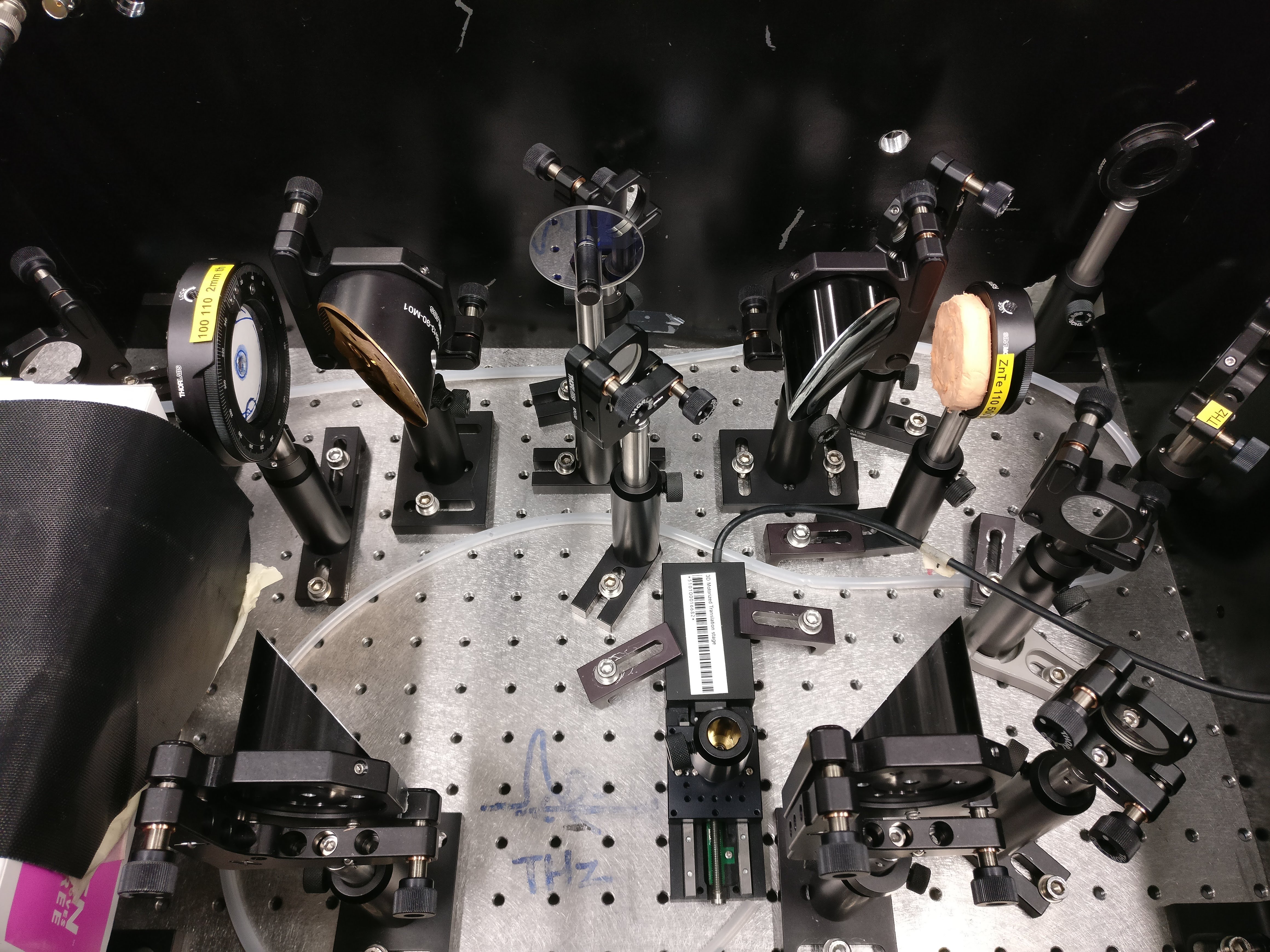 |
ZnTe crystal based THz-TDS system |
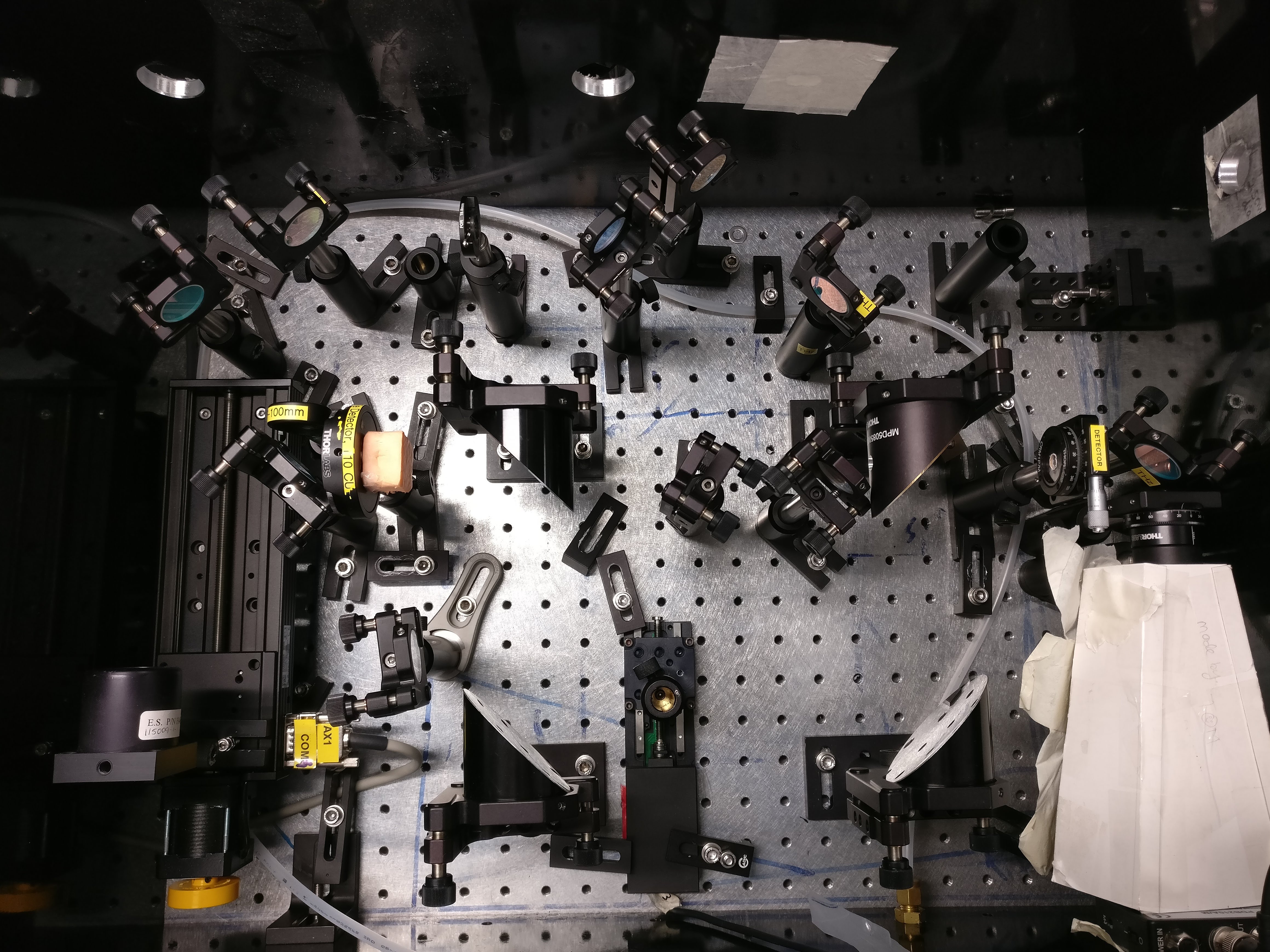 |
Optical Pump-Terahertz Probe system |
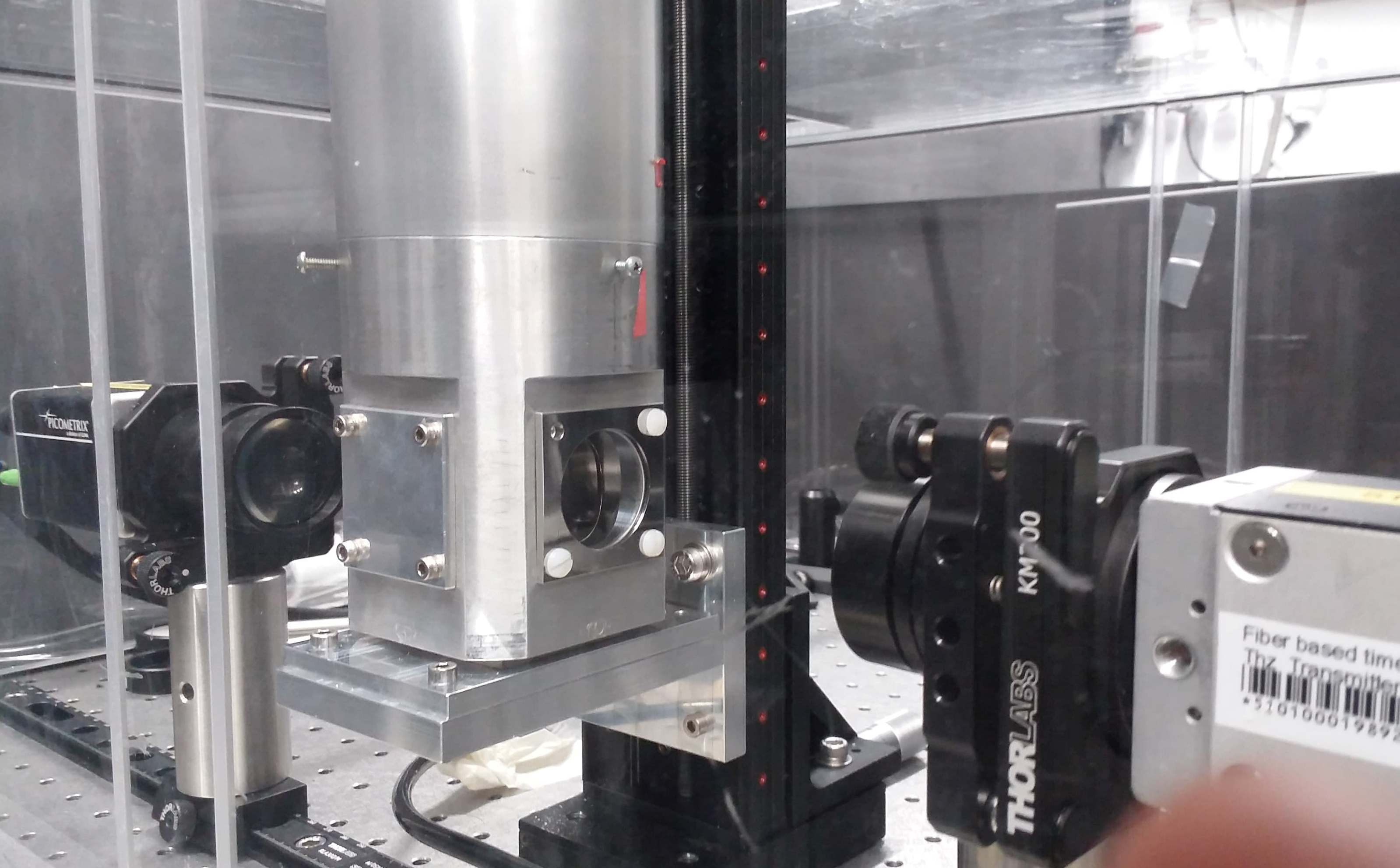 |
Picometrix T-Ray 5000 |
 |
Advanced Research 4K Cryostat |
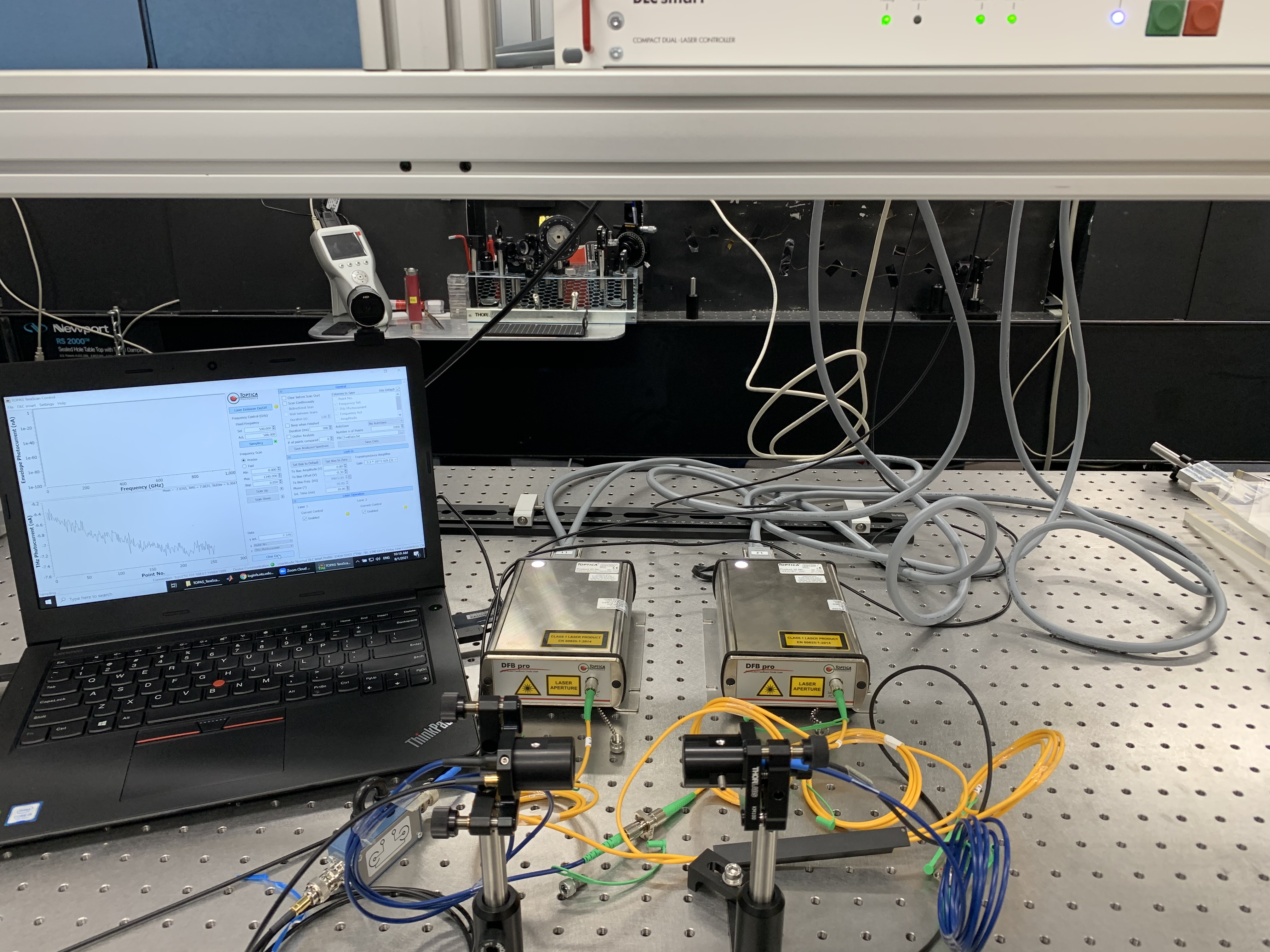 |
TeraScan 1550 |
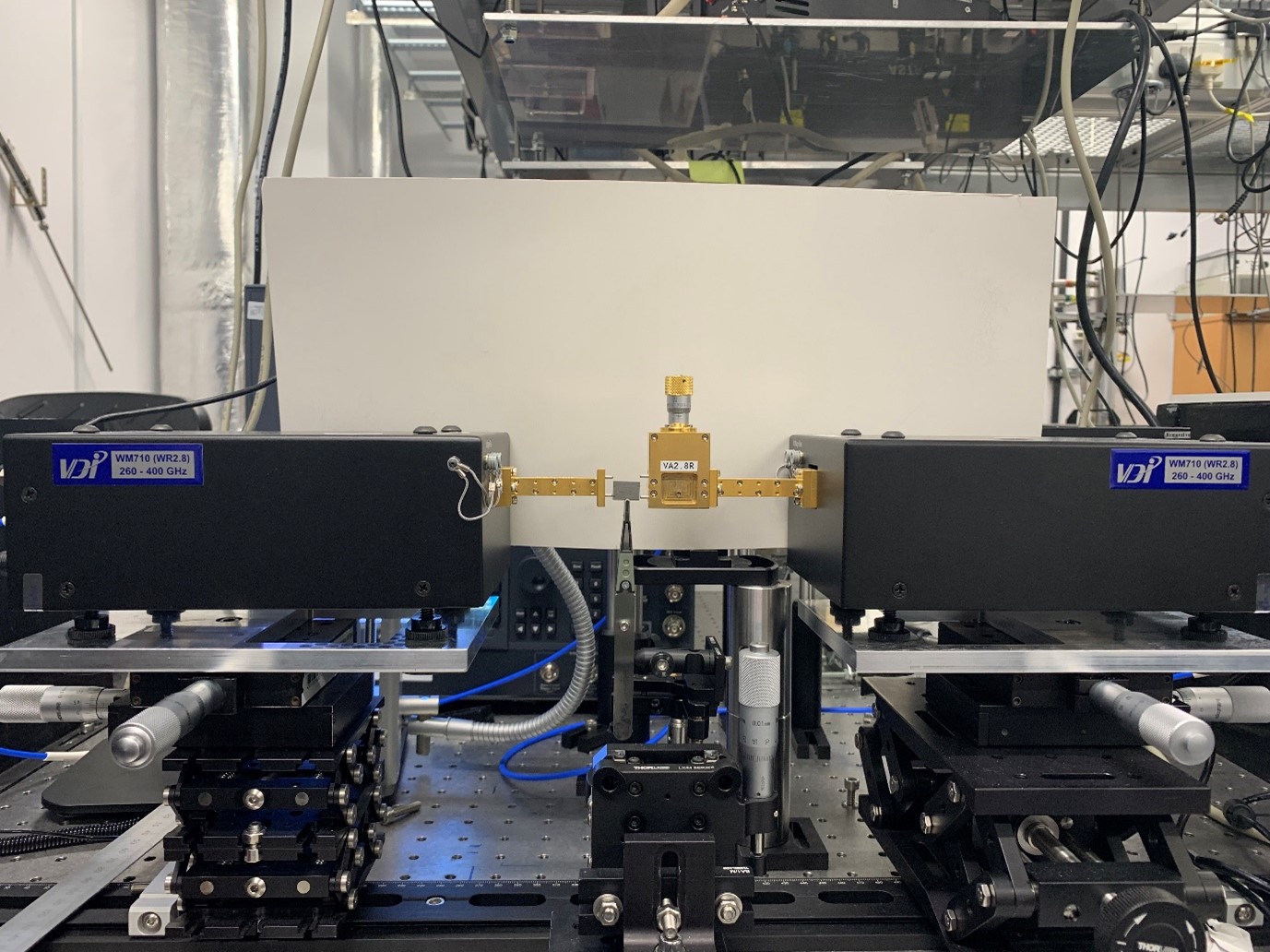 |
Virginia Diodes Inc |
NTU Centralized Facility

The establishment at Nanyang Nano Fabrication Centre (N2FC) houses state-of-the-art fabrication facilities to provide wide range of support for the various kind of on-going research activities in NTU, Singapore. The objective of in-house centralized facilities is to facilitate users with necessary equipment and infrastructure support, together with safe environment, to accomplish their research objective. The N2FC typically specializes in material growth, patterning, etching, and provide wide range of tools for thin film and device characterization.
Reference : N2FC Weblink
Centre for Disruptive Photonic Technologies (CDPT), NTU
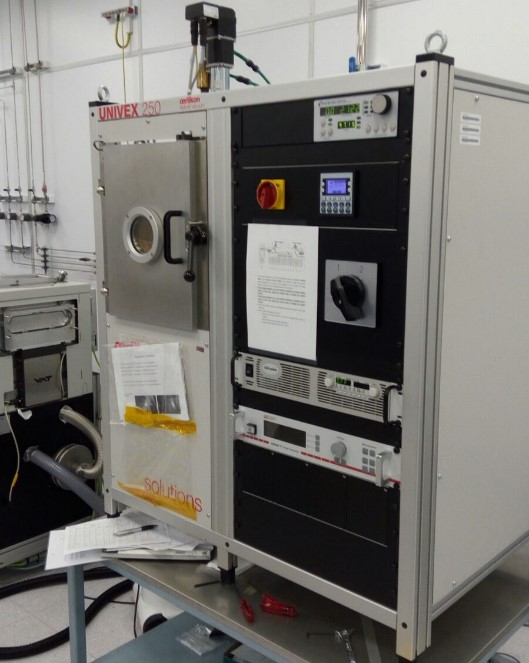 |
Physical Vapour Disposition (PVC) |
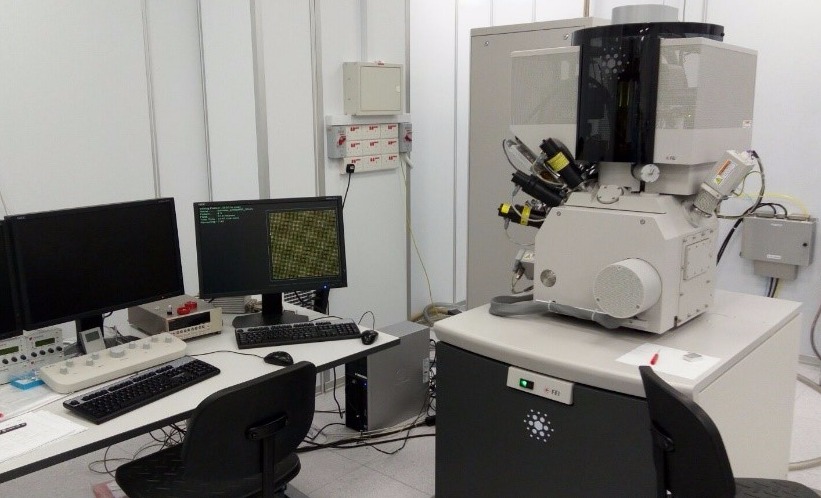 |
Nano Fabrication |
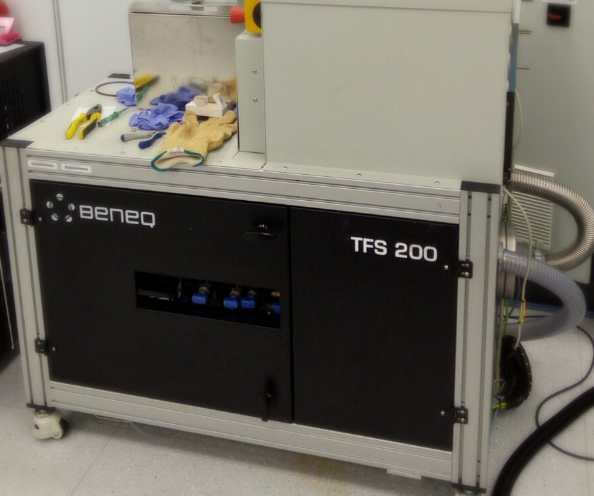 |
Atomic Layer Deposition (ALD) |
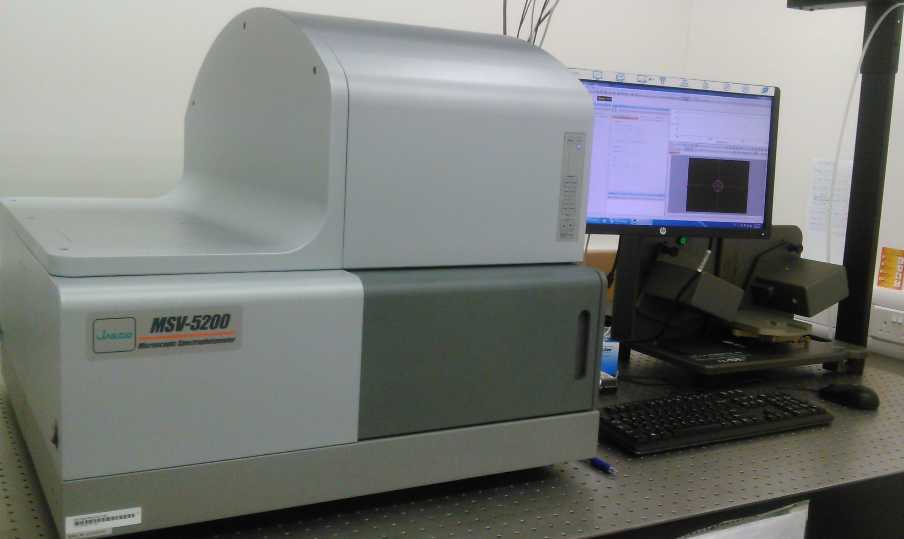 |
Spectrophotometry |
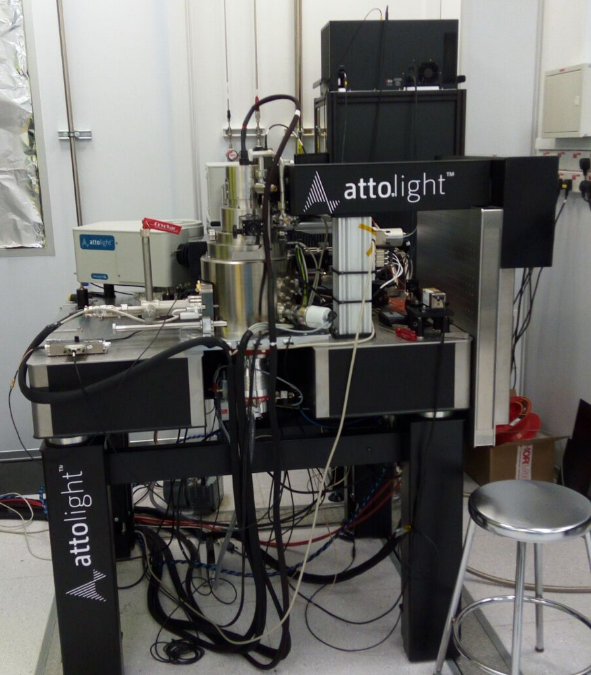 |
Cathodoluminescence Microscope |
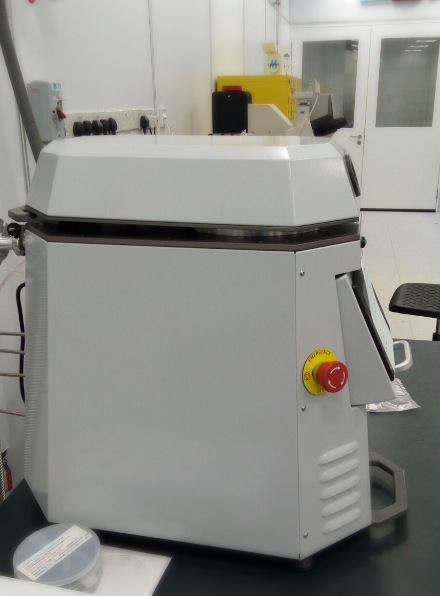 |
Reactive-ion etching (RIE) |